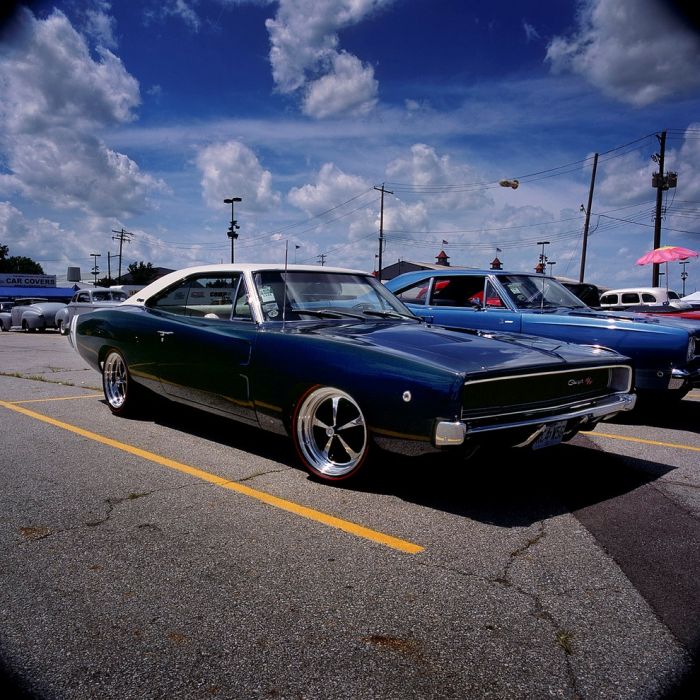|
|
American Automobile Industry
|
The practicality of the automobile was initially limited because of the lack of suitable roads. Travel between cities was mostly done by railroad or waterways. Roads were mostly dirt and hard to travel, especially in bad weather. The Federal Aid Road Act of 1916 allocated $75 million for building roads, and the Federal Aid Highway Act of 1921 provided additional funding for road construction. By 1924 there were 31,000 miles of paved road in the U.S.
• The Birth of the Big Three Automakers
Henry Ford began building cars in 1896 and started his own company in 1903. The Ford Motor Company improved mass-production with the first conveyor belt-based assembly line in 1913, producing the Model T (which had been introduced in 1908). These assembly lines significantly reduced costs. The first models were priced at $850, but by 1924 had dropped to $290. The Model T sold extremely well and Ford became the largest automobile company in the U.S. By the time it was retired in 1927, more than 15 million Model Ts had been sold. Ford introduced the Model A in 1927 (after a six-month production stoppage to convert from the Model T), and produced it through 1931. However, while the Model A was successful, Ford lost ground to GM and eventually Chrysler, as auto buyers looked to more upscale cars and newer styling. Ford was also a pioneer in establishing foreign manufacturing facilities, with production in England in 1911, and Germany and Australia in 1925. Ford purchased the luxury Lincoln automaker in 1922 and established the Mercury division in 1938.
General Motors Corporation, the company that would soon become the world's largest automaker, was founded in 1908 by William Durant. Durant had previously been a carriage maker, and had taken control of Buick in 1904. The company initially acquired Buick, Oldsmobile and Oakland (later to become Pontiac) in 1908. The next year GM acquired Cadillac, along with a number of other car companies and parts suppliers. Durant also was interested in acquiring Ford, but after initial merger talks, Henry Ford decided to keep his company independent. In 1910, Durant lost control of GM after over-extending the company with its acquisitions. A group of banks took over control of GM and ousted Durant. Durant and Louis Chevrolet founded Chevrolet in 1913 and it quickly became very successful. Durant began acquiring stock in GM and by 1915 had majority control. Chevrolet was acquired by GM in 1917 and Durant was back in charge of GM. In 1921, Durant was again forced out of the company. During the late 1920s, General Motors became the largest automaker, overtaking Ford. Under the leadership of Alfred Sloan, General Motors instituted decentralized management and separate divisions for each price class. They also introduced annual model changes. GM also became an innovator in technology under the leadership of Charles Kettering. GM followed Ford by expanding overseas, including purchasing England's Vauxhall Motors in 1925, Germany's Opel in 1929, and Australia's Holden in 1931.
|
|









